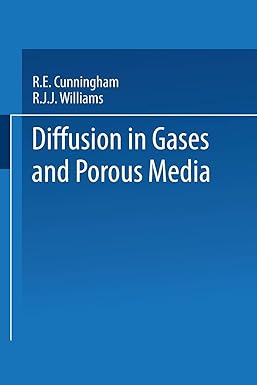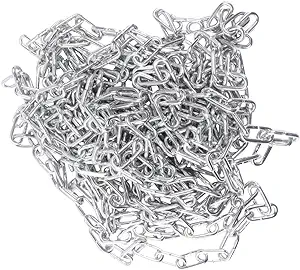Go back


Diffusion In Gases And Porous Media(1st Edition)
Authors:
R.E. Cunningham, R.J.J. Williams

Cover Type:Hardcover
Condition:Used
In Stock
Include with your book
Free shipping: April 13, 2024Popular items with books
Access to 3 Million+ solutions
Free ✝
Ask 10 Questions from expert
200,000+ Expert answers
✝ 7 days-trial
Total Price:
$0
List Price: $49.08
Savings: $49.08(100%)
Book details
ISBN: 1475749856, 978-1475749854
Book publisher: Springer
Get your hands on the best-selling book Diffusion In Gases And Porous Media 1st Edition for free. Feed your curiosity and let your imagination soar with the best stories coming out to you without hefty price tags. Browse SolutionInn to discover a treasure trove of fiction and non-fiction books where every page leads the reader to an undiscovered world. Start your literary adventure right away and also enjoy free shipping of these complimentary books to your door.
Diffusion In Gases And Porous Media 1st Edition Summary: The world we live in exhibits, on different scales, many phenomena related to the diffusion of gases. Among them are the movement of gases in earth strata, the aeration of soils, the drying of certain materials, some catalytic reactions, purification by adsorption, isotope separation, column chro matography, cooling of nuclear reactors, and the permeability of various packing materials. The evolution of the understanding of this subject has not always been straightforward and progressive-there has been much confusion and many doubts and misunderstandings, some of which remain to this day. The main reason for the difficulties in the development of this subject is, we now know, the lack of an understanding of the effects of walls on diffusing systems. Textbooks usually treat diffusion on two levels: at the physicochemi cal or molecular level, making use of the kinetic theory of gases (which while a very rigorous and well-founded theory nevertheless is valid only for systems without walls), or at the level of a transport phenomenon, a level geared toward applications. The influence of walls is usually disregarded or is treated very briefly (for example, by taking account of the Knudsen regime or by introducing a transition regime of limited validity) in a way unconnected with previous studies. As a consequence, the extensive, gener alized, and well-founded knowledge of systems without walls has often been applied without sound basis to real situations, i.e., to systems with walls.
Customers also bought these books
Frequently Bought Together
Top Reviews for Books
Hrsyskiss azn
( 4 )
"Delivery was considerably fast, and the book I received was in a good condition."










